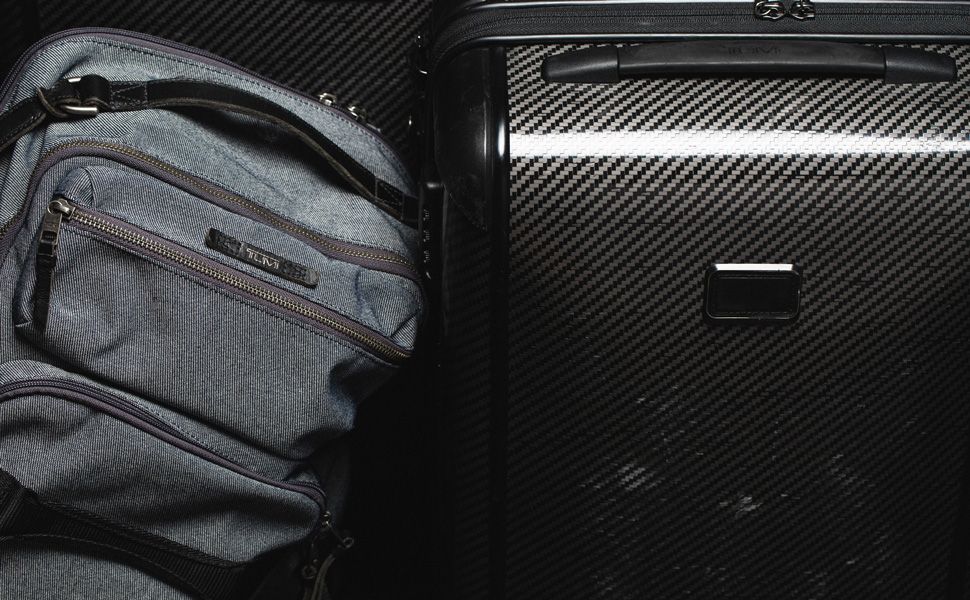7 photos
The New York Times magazine relaunched on February 18, 2015. The cover featured a globe. The second issue, the March 3 issue, featured Karl Ove Knausgaard, the beautifully self-aware scribe from Norway. He smoked a cigarette, hair flying around his face. Knausgaard wrote the feature article in the magazine, a piece called “My Saga, Part 1”. He starts with this: “I lost my driver’s license over a year ago. I lose stuff all the time. Credit cards, passports, car keys, cash, books, bags, laptops. It doesn’t worry me, they usually turn up eventually.” I read the article as we sat on the tarmac in Newark, winter snow falling in thick sheets outside. The wings were laid plain with white. I checked the time. A connecting flight at LAX slid farther from our grasp.
“If we don’t take off before I finish this article”, I told my colleague, “we’re fucked”. He nodded. I went back to Knausgaard; the oracle provided advice. “There is a saying in Norway that he who loses money shall receive money, and I think that’s true, because when you lose things, it means you’re not on your guard, you’re not trying to control everything, you’re not being so anal all the time — and if you aren’t, but allow yourself to be open to the world instead, then anything at all might come to you.” I tried to channel the Scandinavian austerity, the calm acceptance of the way things will be.
In the story, Knausgaard’s lost driver’s license ends up causing problems. He can’t rent a car. He gets stuck in Canada. He has to reroute and ends up in Detroit at the whim of a youthful chauffeur (the story’s assigned photographer, Peter van Agtmael). The trip is all documented in a Knausgaardian stream of consciousness that Jeffrey Eugenides recently described as “viewing his life in extreme close-up” and “treating everything that happens to him or passes through his mind with equal importance”. The consequence of which, Eugenides purports “is that in dwelling so intensely on his own memories he restores — and I would almost say blesses — the reader’s own.” In my situation, the intensity of documentation that Knausgaard employed didn’t simply bless my current fate, it began to form it. I finished the article, and outside the snow kept falling. The connecting flight flew away, and my journey of loss had only begun.
“Saga” became the unwanted motif of our non-departure to New Zealand. The flight was cancelled. The customer service line stretched longer than the length of the moving sidewalk. We stayed overnight at the Ramada Plaza Inn, Newark. Memories from the night include: chipped paint; zebra wood veneer cabinets; 7 Start Me Up Cocktails; pillow (lumpy), bed (leans right). It was a long night.
The Bags that Made the Journey








